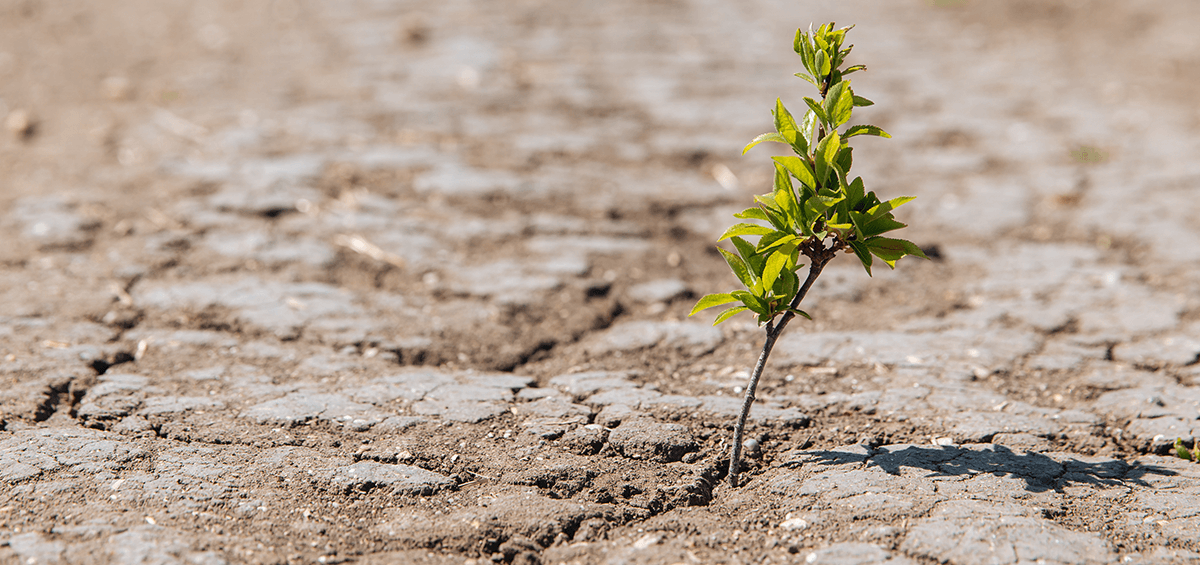
Climate change is one of the biggest threats to global food security and agricultural sustainability. According to the Intergovernmental Panel on Climate Change (IPCC), climate change is expected to increase the frequency and intensity of extreme weather events such as heat waves, droughts, floods, storms, and wildfires, as well as alter the patterns and amounts of rainfall, temperature, and CO2 concentration. These changes can have negative impacts on crop growth, yield, quality, and resilience, as well as increase the risks of pests, diseases, weeds, and soil degradation. Climate change can also affect the availability and accessibility of water, land, inputs, markets, infrastructure, and services for agriculture.
The effects of climate change on agriculture are not uniform across regions and crops. Some regions and crops may benefit from higher temperatures and CO2 levels, while others may suffer from reduced water availability and increased heat stress. Some crops may be able to adapt to changing conditions by shifting their phenology or physiology, while others may require more human intervention such as breeding, irrigation, fertilization, pest management, or relocation. The impacts of climate change on agriculture also depend on the level of adaptation and mitigation measures taken by farmers, governments, researchers, and other stakeholders.
To cope with climate change and its impacts on crop production and food security, there is a need for a holistic and integrated approach that combines scientific knowledge, technological innovation, policy support, institutional coordination, and stakeholder participation. Some of the possible strategies to cope with climate change in agriculture are:
- Enhancing crop resilience: This involves developing and deploying crop varieties that are more tolerant or resistant to heat, drought, flood, salinity, pests, diseases, and weeds. This can be achieved through conventional breeding, biotechnology, or gene editing techniques. For example, researchers have developed drought-tolerant maize varieties that can increase yields by 20-30% under water-limited conditions¹. Another example is the development of flood-tolerant rice varieties that can survive up to two weeks of complete submergence².
- Improving water management: This involves increasing water use efficiency and reducing water losses in agriculture. This can be achieved through improved irrigation methods such as drip or sprinkler irrigation; rainwater harvesting and storage; mulching and cover cropping; deficit irrigation; alternate wetting and drying; or saline water irrigation. For example, farmers in India have adopted drip irrigation systems that can save up to 40% of water and increase yields by 20-90% compared to conventional methods³. Another example is the use of saline water irrigation for salt-tolerant crops such as quinoa or barley in arid regions⁴.
- Adopting sustainable soil management: This involves maintaining or enhancing soil health and fertility in agriculture. This can be achieved through organic farming practices such as crop rotation; intercropping; agroforestry; green manure; composting; biochar; or vermiculture. These practices can improve soil structure organic matter, water holding capacity, nutrient availability, and biological activity in the soil. They can also reduce soil erosion, compaction, salinization, acidification, and greenhouse gas emissions. For example, farmers in Kenya have adopted agroforestry systems that can increase soil organic carbon by 15-20% and crop yields by 40-400% compared to monocropping. Another example is the use of biochar as a soil amendment that can increase soil pH, water retention, and crop productivity.
- Diversifying cropping systems: This involves increasing the diversity and complexity of crops and livestock in agriculture. This can be achieved through mixed cropping; relay cropping; strip cropping; agroforestry; silvopasture; or integrated crop-livestock systems. These systems can enhance crop productivity, stability, and resilience by exploiting complementarity and synergy among different species. They can also provide multiple benefits such as income diversification, risk reduction, resource conservation, and ecosystem services. For example, farmers in China have adopted relay intercropping systems that can increase land equivalent ratio by 20-50% and net income by 50-100% compared to sole cropping. Another example is the integration of crop-livestock systems that can improve nutrient cycling, soil quality, and weed control.
- Promoting climate-smart agriculture: This involves adopting agricultural practices that can simultaneously increase productivity, adaptation, and mitigation in agriculture. This can be achieved through conservation agriculture; precision agriculture; digital agriculture; or low-emission development strategies. These practices can optimize the use of inputs and resources; reduce greenhouse gas emissions and carbon footprint; enhance carbon sequestration and storage; and improve monitoring and decision making in agriculture. For example, farmers in Brazil have adopted conservation agriculture practices that can reduce tillage, fuel use, and CO2 emissions by 50-90% and increase soil carbon stocks by 20-50% compared to conventional practices. Another example is the use of digital tools such as remote sensing, drones, sensors, or mobile apps that can provide real-time data and information on crop growth, weather, pests, diseases, markets, and policies.
To implement these strategies effectively and efficiently, there is a need for a supportive policy environment that can provide incentives and regulations for climate action in agriculture. There is also a need for a strong research and innovation system that can generate and disseminate knowledge and technologies for climate-smart agriculture. There is also a need for a participatory and inclusive approach that can engage and empower farmers, communities, civil society organizations, private sector actors, and other stakeholders in the planning and implementation of climate action in agriculture.
Climate change poses a serious challenge to global food security and agricultural sustainability. However, it also offers an opportunity to transform agriculture into a more productive, resilient, and sustainable sector. By adopting the strategies outlined above, farmers can cope with climate change and its impacts on crop production and food security while contributing to the global goals of poverty reduction


















